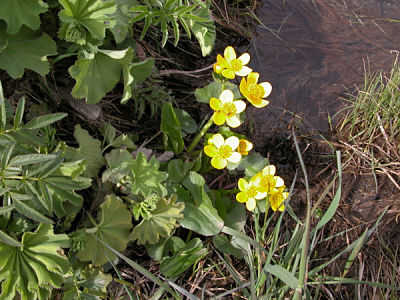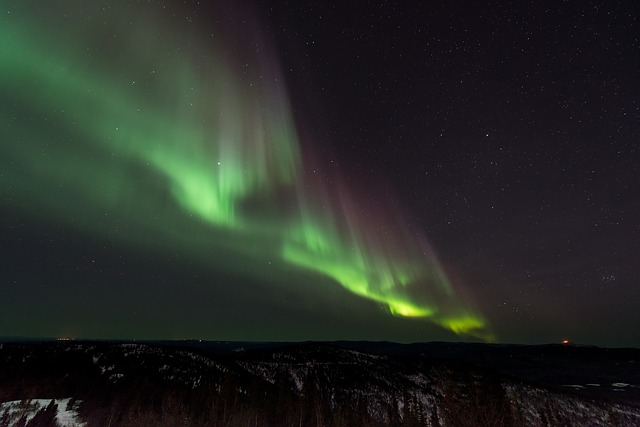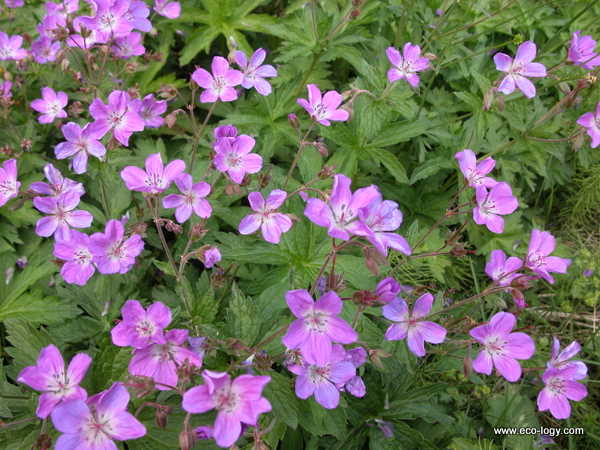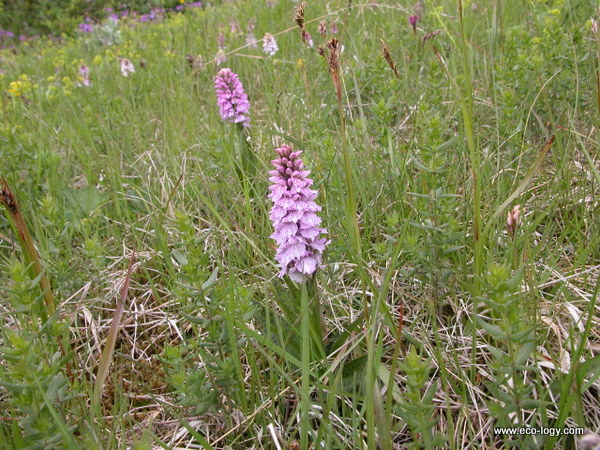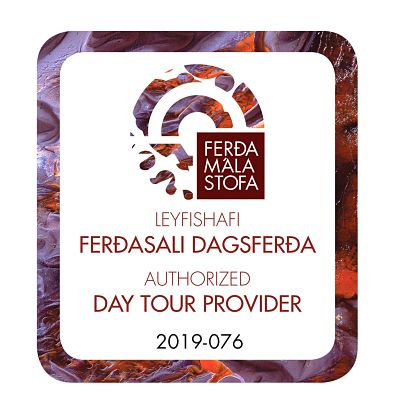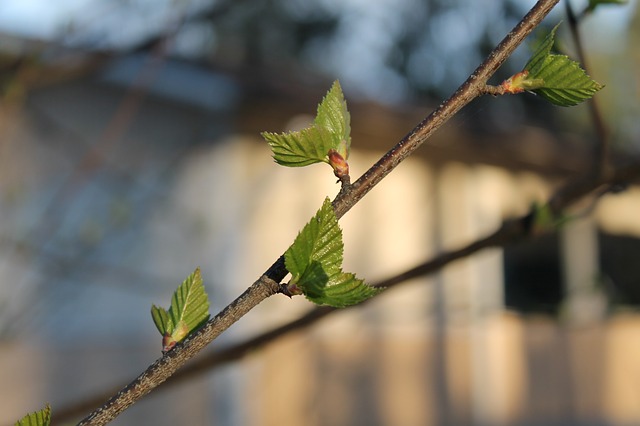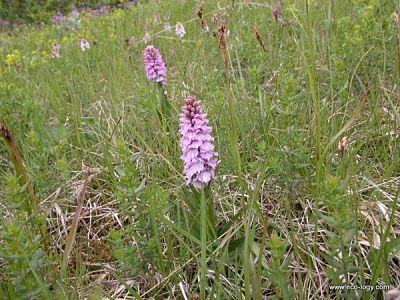Growing by the hot springs
The geothermal areas in Iceland have unique vegetation including plants that are restricted to warm soils. Many geothermal sites also boast magnificient geological features. Hence, it necessary to carefully manage geothermal areas, preserving their special character. Recent development puts substancial pressure on these environments as industry and expanding construction press for more energy and heating.
Geothermal areas are of two major kinds so called high-heat and low-heat areas, this difference further shapes the geology and vegetation and dictates how geothermal areas may be utilized. Always be careful when exploring geothermal areas, tread carefully on the hot spring soil crust and enjoy watching the often delicate plants growing on warm soils. Here you might discover the pale blue flowers and shining, green leaves of Water Speedwell (Veronica anagalis-aquatica), the Small Adder´s Tongue (Ophioglossum azoricum) with thick, lanceolate leaves and green spikes, and the fragrant pink-flowered Hairy Thyme (Thymus praecox), that thrives on warm and dry soil.
Warm ground is common in the high-heat geothermal areas where the soil structure is favourable, e. g. gravel or porous rock. While hot springs may be inconspicuous in the summer, sometimes they are greener than the surrounding vegetation. In winter, however, these hot springs melt the snow around them, and are sometimes steaming hot. Living creature may exist even in almost boiling water, these strange living creatures are ancient forms of bacteria. Warm streams often flow from hot spring areas and make the downstream areas greener. Greenhouse farming and fish farming ponds in Iceland often benefit directly from the hot spring areas. A visit to explore the flora of one geothermal spot is included in the Botanical Day Tours in Iceland.
Fáðu nýjustu fréttir og tilboð frá Þund!
Get updates and special offers from Thund!

